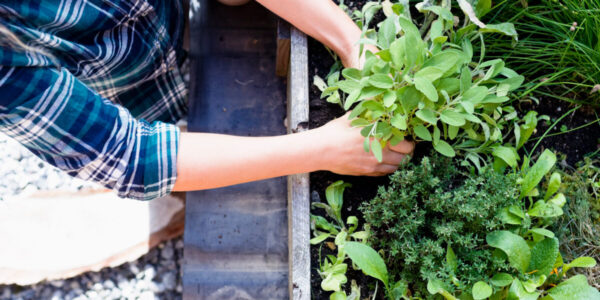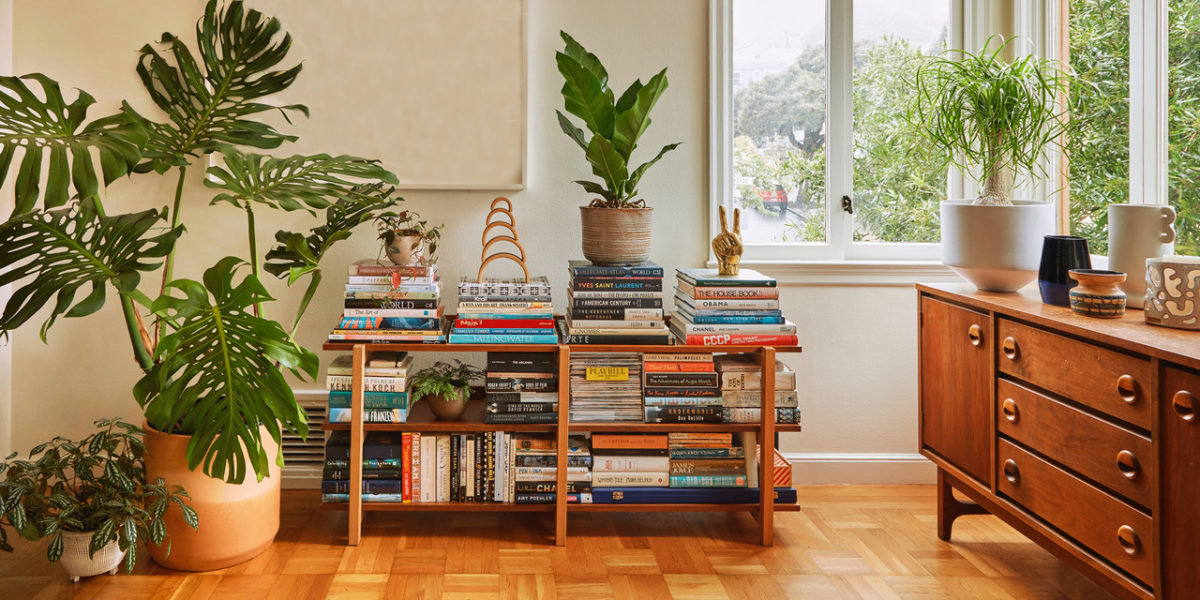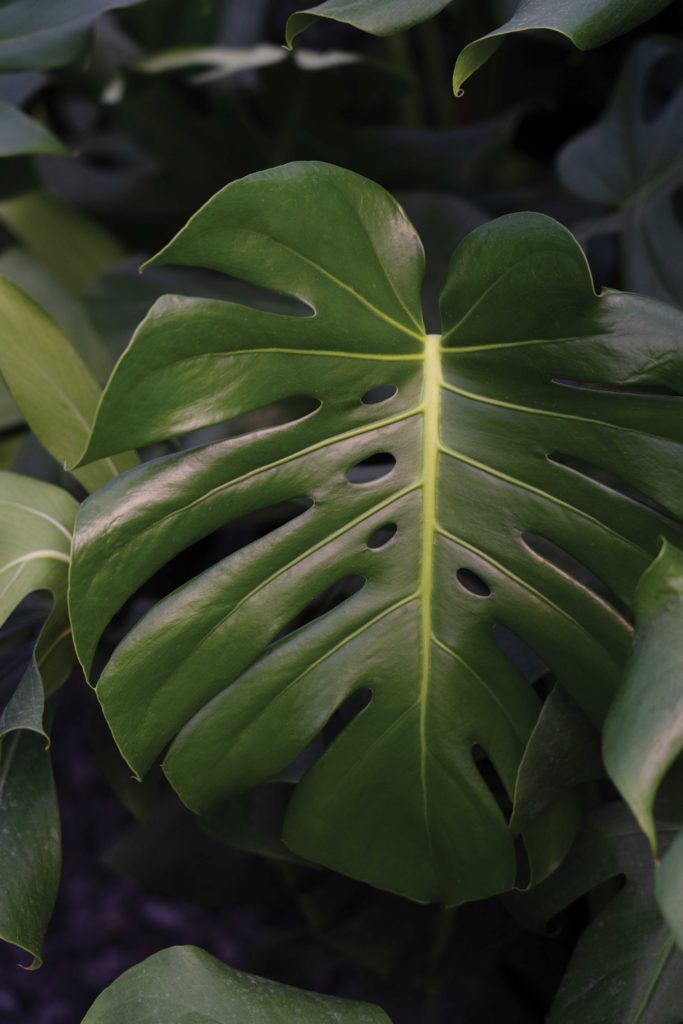
How to Propagate Your Monstera at Home
Propagating from a cutting is not only simple, it’s free. Just follow these simple steps.

Caitlin Atkinson
Here’s a thought experiment: Say you go to your local plant store—or get a delivery from one of the many online plant companies famous for their unboxing videos. Do you understand the magic that needed to happen before your new plant baby hit the pot? Was it propagated by seed? you wonder. No, not by seed. By sticking a cutting in water? Nope, not that way either.
So, we got the inside scoop on plant propagation from Flora Grubb, the face of iconic San Francisco plant store Flora Grubb Gardens, and her nursery’s head grower, Gregg Opgenorth. There are various methods used, such as the cane method: Producers in climate-appropriate places like Central America take a cutting from the mother plant, which then arrives in the United States looking, as Grubb puts it, “like a dead stick.” Opgenorth puts the cuttings in the greenhouse and gives them exactly the right care until they are large enough to be sold. “I have half a million little children,” he says with a laugh.

Thomas J. Story
Or, there’s the cutting method, when 2- to-8-inch cuttings are taken from the mother plant and arrive looking like a plant stub (as in, no roots). Opgenorth pots these in the correct growing medium and, once again, cares for the plants until they’re ready to sell.
The good news is, you can also propagate some of your own plants at home. Monstera deliciosa, for one, is flying off the shelves at Flora Grubb Gardens. No surprises here, but “people cannot get enough of this plant,” says Grubb. “And I can’t get enough of it. It’s just so beautiful.”
Here’s how to propagate from a cutting of your monstera, which is not only simple, it’s free. Just follow these simple steps.
Step 1: Look for the Node
It’s a little brown protrusion from which new roots will grow.
Step 2: Snip the Stem
Cut it below the node and use sharp shears or a razor. You want at least one leaf, but preferably you’ll have two or three, so your plant will look great when it’s time to pot it.

Thomas J. Story
Step 3: Place Your Cutting
Put it in a heavy jar or vase filled with filtered water. Be sure your container isn’t gooseneck-shaped, or you could break roots off when you try to remove the plant.
Step 4: Watch the Water Level
It’s not necessary to change the water, but add more water as needed.
Step 5: Pot It
When a new cluster of roots has grown, pot your Monstera deliciosa in soil and welcome your new plant baby to the world.
